What is Procurement Management?
Last Updated August 17, 2023
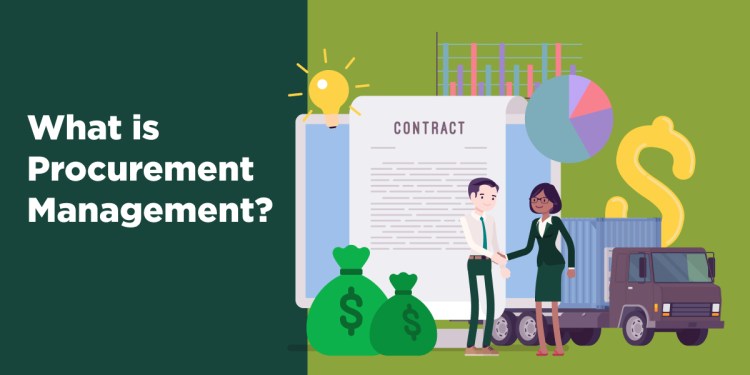
Procurement management is responsible for overseeing all the processes involved in acquiring the products, materials, goods and services needed for efficient business operations. Depending on the business and industry, the terms “sourcing,” “purchasing” and “procurement” may be used interchangeably to describe the function of procuring supplies and managing the process, with sourcing considered more strategic, and purchasing and procurement used to refer to the actual operational function.
Organizations across all industries depend on the expertise of procurement management in seeking out and managing external supplier relationships to ensure these needed items are acquired at the best possible cost. For these reasons, procurement management has a direct impact on an organization’s bottom line and strategic business operations.
What is the Importance of Procurement?
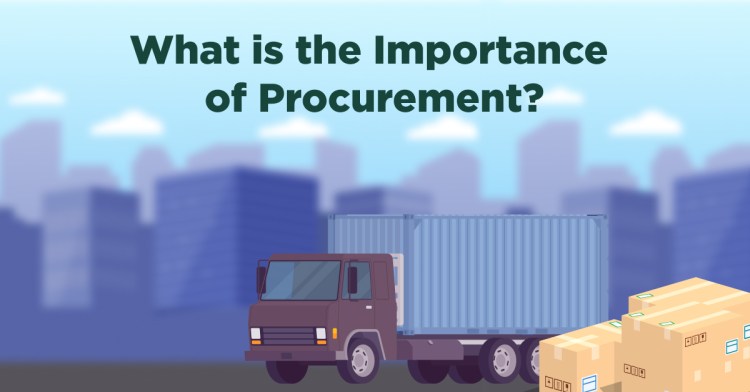
Without procurement, it would be impossible for most business operations to function. Procurement management ensures that all items and services are properly acquired so that projects and processes can proceed efficiently and successfully.
More than a business necessity, procurement can be leveraged as a competitive advantage when optimized to save money, time and resources. But driving down costs by avoiding delays and errors and maximizing resources is just part of the reason procurement management plays an important role in a company’s bottom line.
Procurement management can be responsible for negotiating lucrative production and supplier contracts, spearheading innovative new processes and play an important part in taking a domestic business operation global. Procurement management can also play an important role in spearheading corporate social responsibility in diversity and inclusion by proactively seeking diverse suppliers.
“Only focusing on cost is definitely not sufficient,” says Alex Zhong, supply chain lead at IBM Sterling on Supply Chain Dive. Procurement management holds “a strategic position to really support the business growth from a revenue perspective.”
“When you take a look over the last five to 10 years, supply chain has taken on a much bigger role and encompassed procurement as a key function within the organization, as opposed to residing outside of the supply chain functions,” says Zhong.
What are the Steps of the Procurement Process?
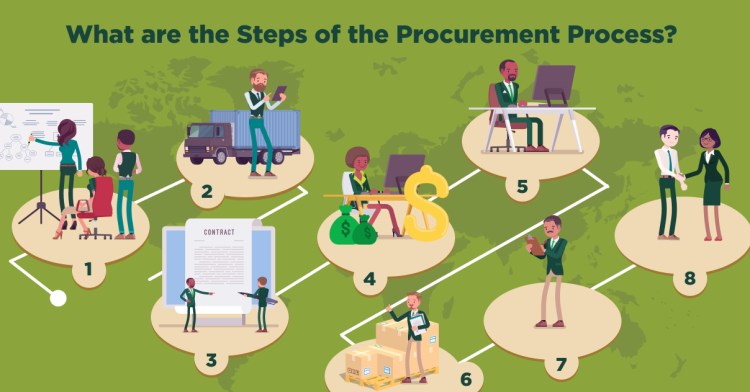
Managing the procurement of products, materials, goods and services effectively consists of establishing and following process steps through the entirety of the procurement lifecycle. These process steps can differ by organization, based on company needs and business goals.
As detailed by Dr. Tobias Schoenherr, Hoagland-Metzler Endowed Professor in Purchasing and SCM at Michigan State University’s Eli Broad College of Business in his Strategic Sourcing course, the core “procure-to-pay” process (the general buying process that a company goes through when making a purchase) typically includes these key steps:
Step 1: Specifying and Planning
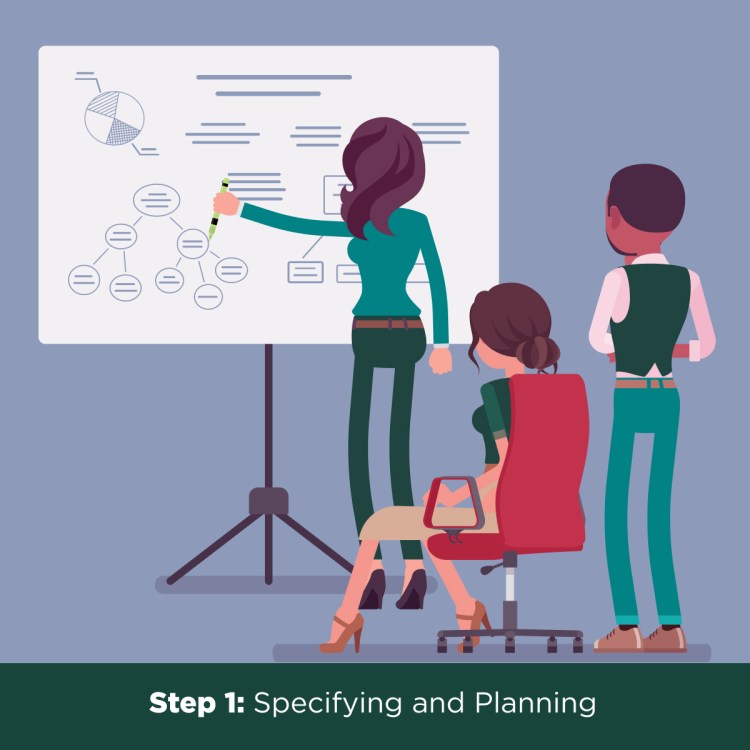
Establish the product or service need, set the specifications for the product itself and conduct planning, or forecasting, based on existing data and projections, for when and how the product is ordered or reordered.
Step 2: Identifying and Selecting Suppliers
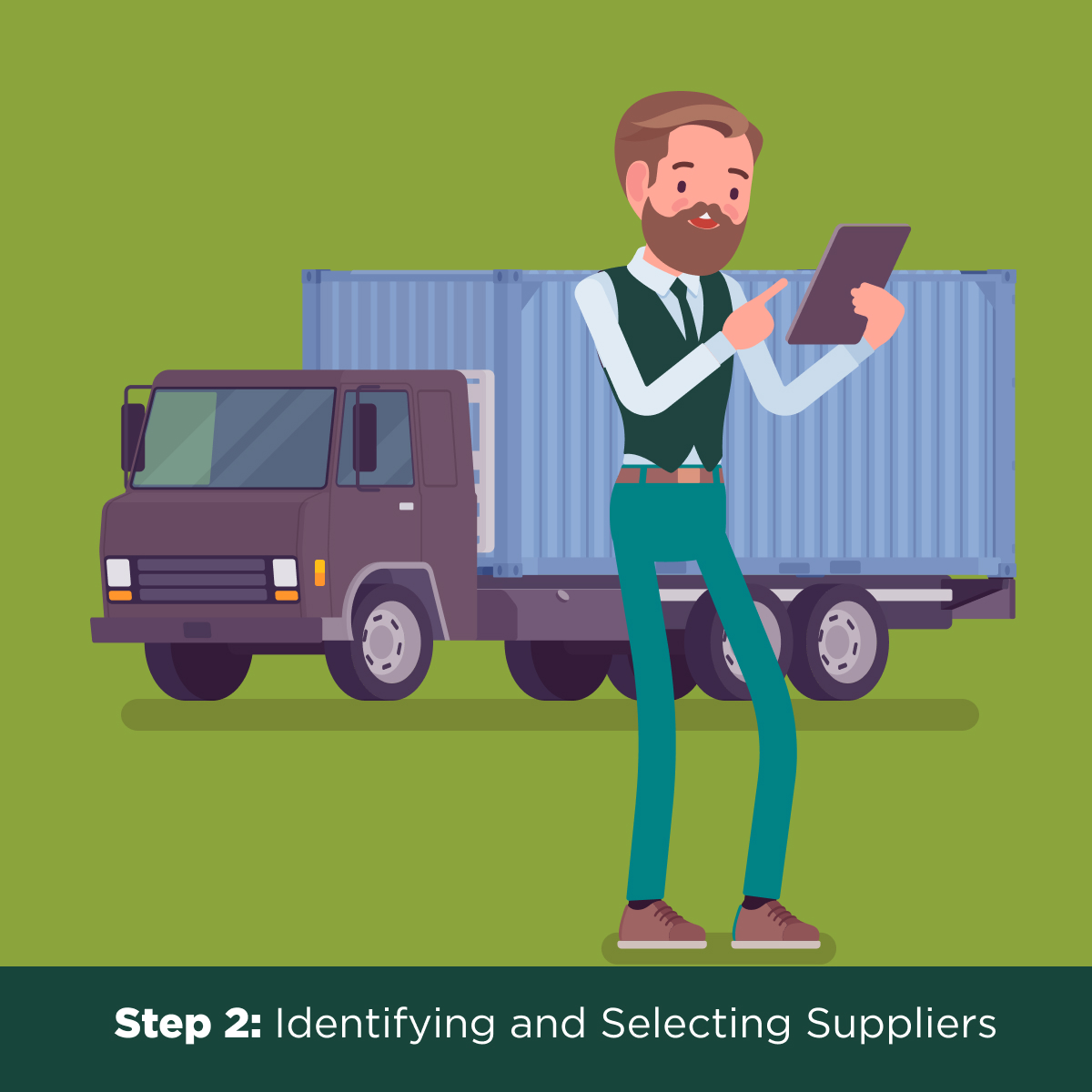
Identify and select a supplier to meet product needs, either from established relationships with approved vendors or preferred suppliers or by researching new suppliers and sending out an RFx: a request for information/proposal/quotation.
Step 3: Negotiating and Contracting
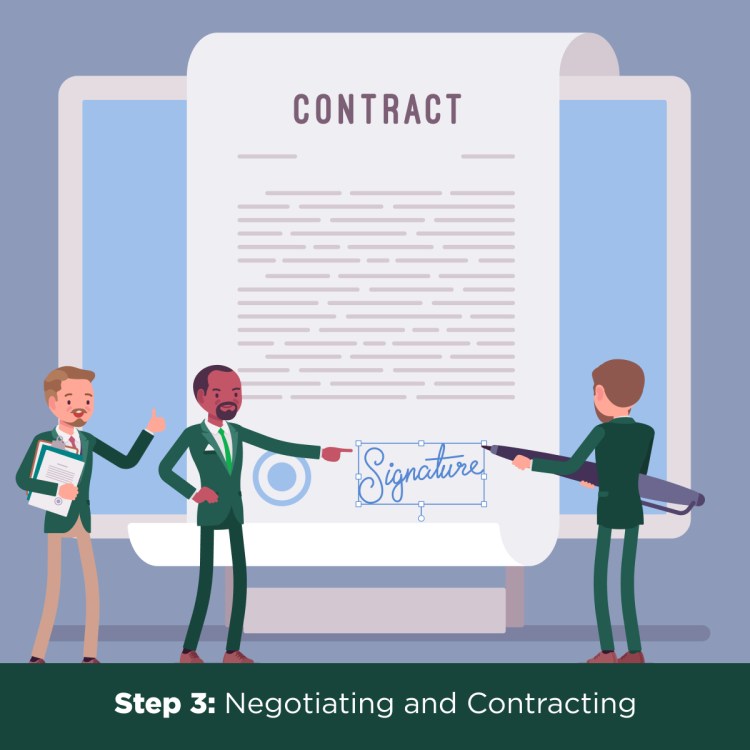
Negotiate the best price and terms for the product through competitive bidding from suppliers with their quotes and then direct negotiations to clearly communicate requirements and set expectations. With all terms agreed upon, finalize and sign the supplier contract.
Step 4: Placing the Purchase Order
The purchase order (PO) specifically defines the price, product specifications, and all terms and conditions of the product and/or service being supplied. It also serves as the “source of truth” of the product being procured for various impacted business units.
Step 5: Expediting

Expediting the product order is sometimes necessary (i.e. earlier than expected product obsolescence, a schedule change, etc.). Examining the timeliness of deliveries during this step can reveal underlying issues to address, such as lack of clarity on payment dates, delivery times and completion of work.
Step 6: Receipt and Inspection of Purchase
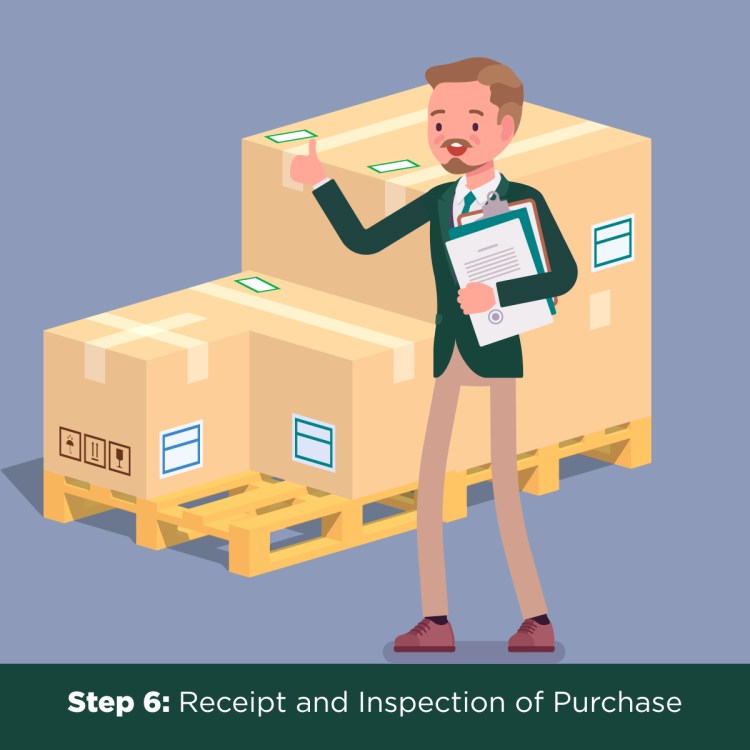
Review all orders against the established specifications and quality standards and conduct “a three-way match” of the PO with the invoice and the packing slip/receiving document. If what was delivered does not meet the standards specified, completing a receiving discrepancy report may be part of this step.
Step 7: Invoice Clearing and Payment

Align purchasing and accounts payable to complete the process of buying the product after inspection and confirmed document alignment (PO, invoice, packing slip/receiving document).
Step 8: Maintaining Records and Relationships

Retain all proper records in the case of an audit, for tax information, to confirm product warranty and for ease of product re-ordering. Provide data and feedback to the supplier based on key performance indicators to identify areas for improvement and/or needed changes in the product or the supplier contract.
Roles and Job Titles in Procurement Management
In overseeing this process, procurement managers locate the best quality materials at the lowest possible cost from the most reliable suppliers and cultivate positive, long-term relationships to establish preferred suppliers.
In directing procurement processes, procurement managers coordinate the activities of purchasing agents or buyers and ensure that different departments (i.e., accounting, receiving, operations, the production floor) adhere to and are informed of procurement policies and procedures.
Additional roles and/or job titles working with the procurement manager can include:
- Procurement analyst
- Procurement buyer
- Procurement specialist
- Purchasing agent
- Purchasing manager
- Sourcing manager
Procurement management’s impact on the bottom line, adoption of innovative processes and its strategic potential have all led to the rise of executive-level positions in procurement, such as Chief Procurement Officer (CPO). The position ranks 11 on the list of fastest growing C-suite titles of 2020, with 15% growth (as a proportion of total C-suite hires last year), according to LinkedIn Economic Graph Research.
With a seat at the organizational leadership table, CPO’s are tasked with being more strategic through risk-scenario planning, reducing total procurement lifecycle and ownership costs, and encouraging innovation in procurement and beyond.
Education and Experience Needed for Procurement Management
Most professionals in procurement management (procurement managers/specialists, purchasing managers, purchasing agents, buyers) hold at least a bachelor’s degree in business, finance, supply management or a related field, according to the U.S. Bureau of Labor Statistics (BLS). Managers typically hold at least a bachelor’s degree along with previous experience working in a procurement agent, purchasing agent or buyer role.
While procurement management training was once an “on-the-job” learning experience, the expectation of a bachelor’s degree reflects the rise of educational attainment among supply chain professionals.
In fact, the 2020 Supply Chain Salary and Career Survey Report by the Association for Supply Chain Management (ASCM) found that 84% of supply chain professionals hold a bachelor’s degree or higher and earn a median salary that is 24% higher than the national median salary.*
“Historically we didn’t have a large or significant academic foundation in supply chain,” says Abe Eshkenazi, CEO of ASCM. “It shows and reflects the tremendous need for supply chain professionals.”
For those procurement professionals holding a degree outside of a supply chain major, additional or advanced education, such as specialized certificate programs, can complement their professional experience while helping to hone skills specific to sourcing and procurement.
See how MSU’s Supply Chain Management Certificate Programs can help to strengthen your procurement skills and knowledge.
*National long-term projections may not reflect local and/or short-term economic or job conditions and do not guarantee actual job growth. Information provided is not intended to represent a complete list of hiring companies or job titles, and degree program options do not guarantee career or salary outcomes. Students should conduct independent research on specific employment information.

